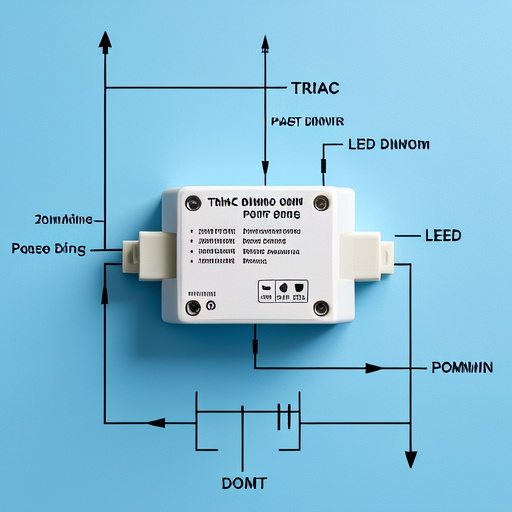Have You Heard About the Triac Dimming Power Supply?

Article Title: Understanding Triac Dimming Power Supplies: How They Control LED Brightness
A triac dimming power supply represents a sophisticated solution in modern lighting technology, enabling seamless adjustment of light intensity. This innovative approach utilizes a TRIAC—a semiconductor device capable of controlling AC power—to regulate the brightness of LED lights through phase-cut dimming. Unlike traditional methods, this system offers precise control without flickering, making it ideal for residential and commercial applications.
At its core, a triac dimming power supply operates by interrupting the phase of the alternating current (AC) supplied to the LEDs. By adjusting the point at which the current is cut off during each half-cycle, the average power delivered to the lights changes, resulting in varied brightness levels. This technique, known as phase-cut dimming, allows users to set the desired illumination with a simple slider or rotary dimmer switch.
One of the key advantages of a triac dimming power supply is its compatibility with existing wiring infrastructure. Since it works with standard AC voltages, integrating these systems into homes and offices is straightforward. Additionally, they support a wide range of dimmable LED drivers, ensuring flexibility in design and implementation. The result is an efficient, energy-saving lighting setup that enhances ambiance while reducing electricity consumption.
The benefits extend beyond convenience and efficiency. Triac dimmers contribute to extended LED lifespan by minimizing thermal stress and eliminating cold starts. Moreover, they provide smooth dimming from full brightness down to near darkness, creating versatile lighting scenes tailored to any mood or activity. As such, understanding how a triac dimming power supply functions empowers consumers and designers alike to optimize their lighting environments for both aesthetics and practicality.
 In heritage architecture prote
In heritage architecture prote
 When small-batch customization
When small-batch customization
 Have the electromagnetic emiss
Have the electromagnetic emiss
 When Triac dimmable power supp
When Triac dimmable power supp
